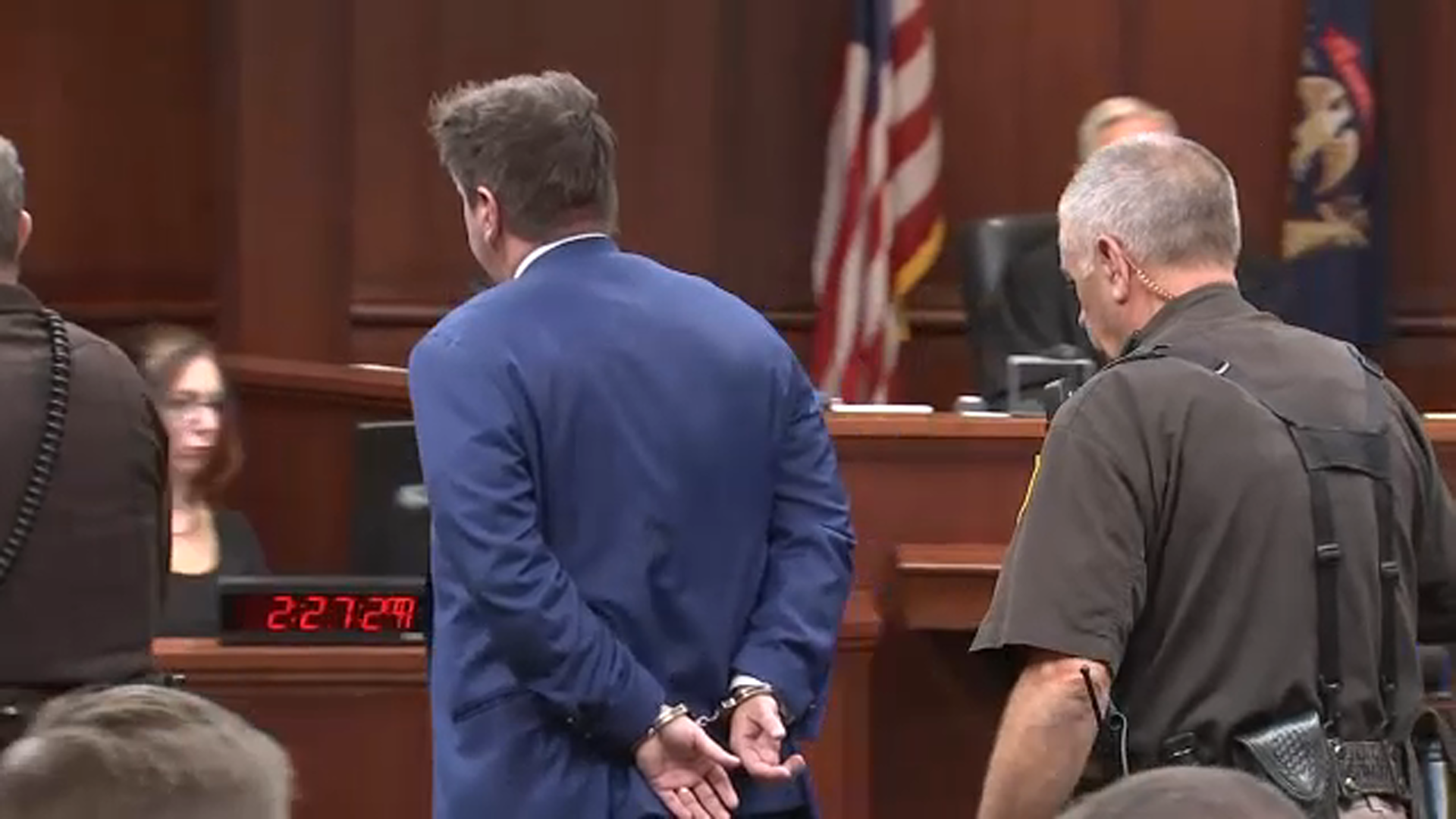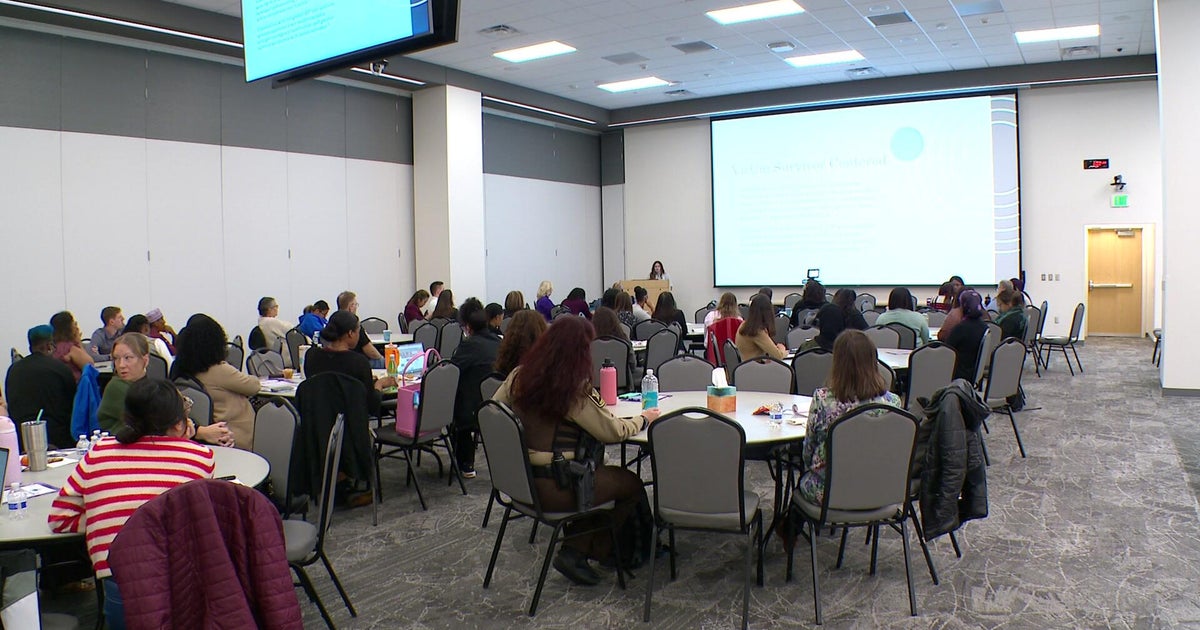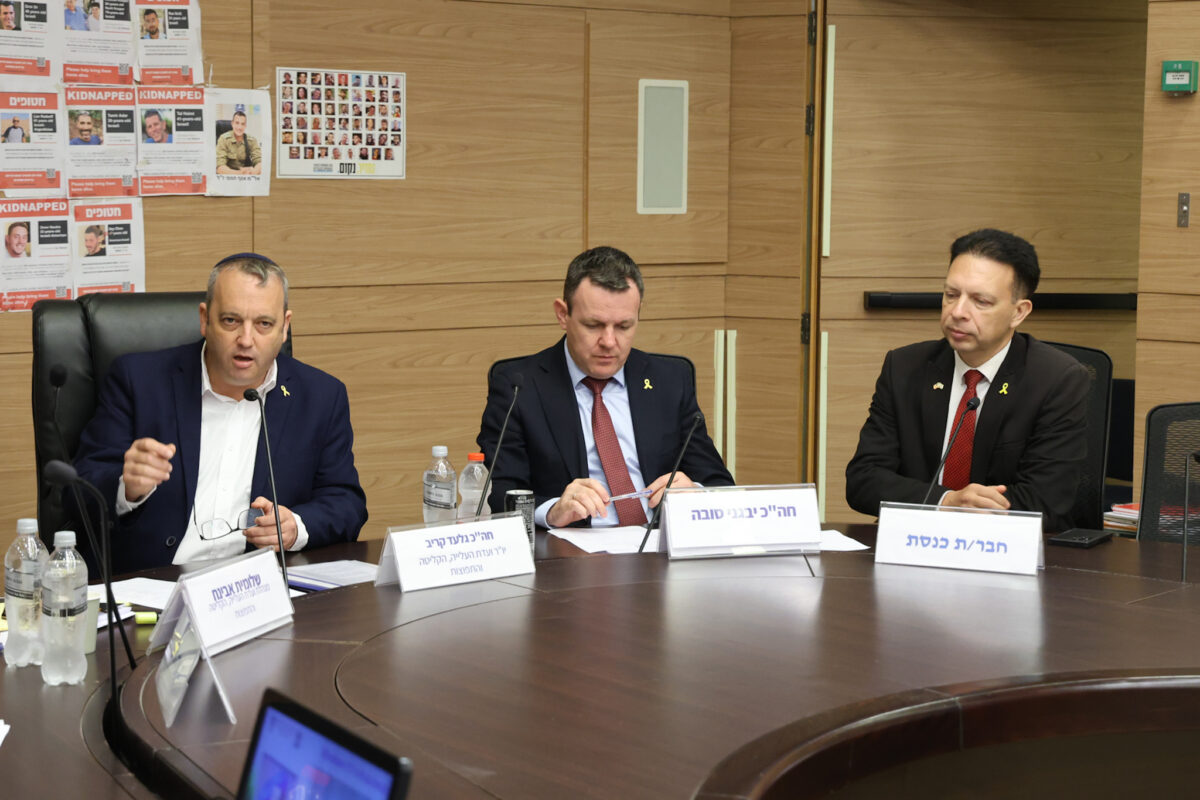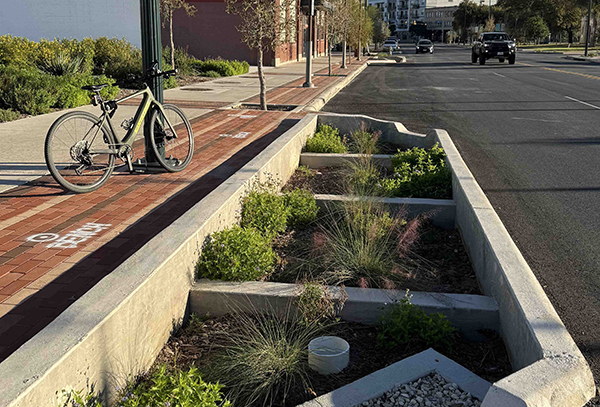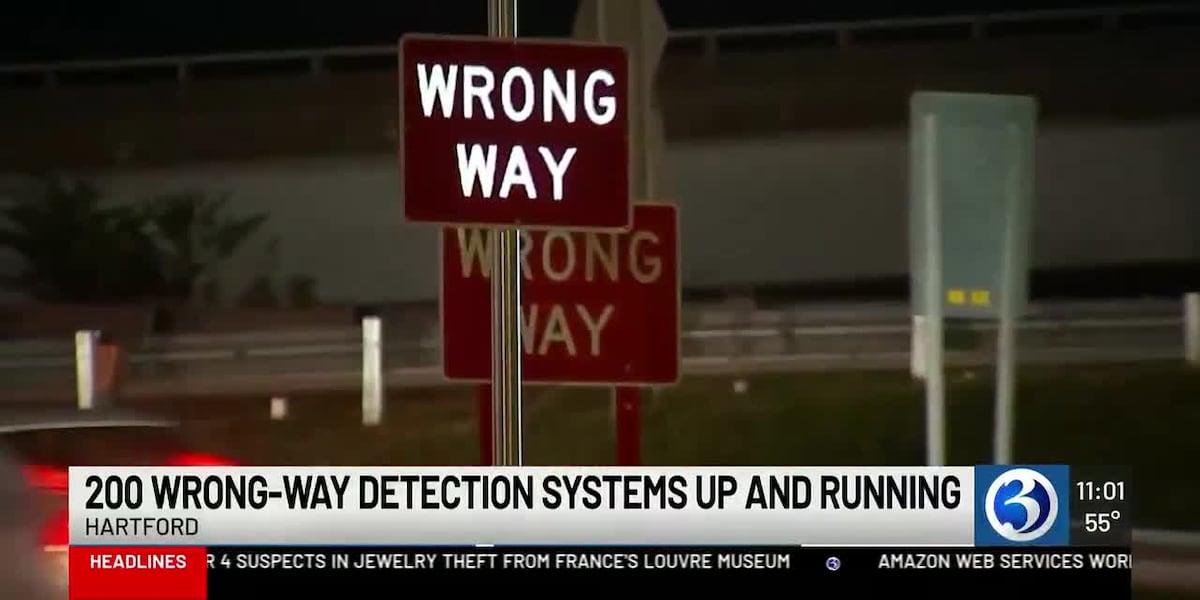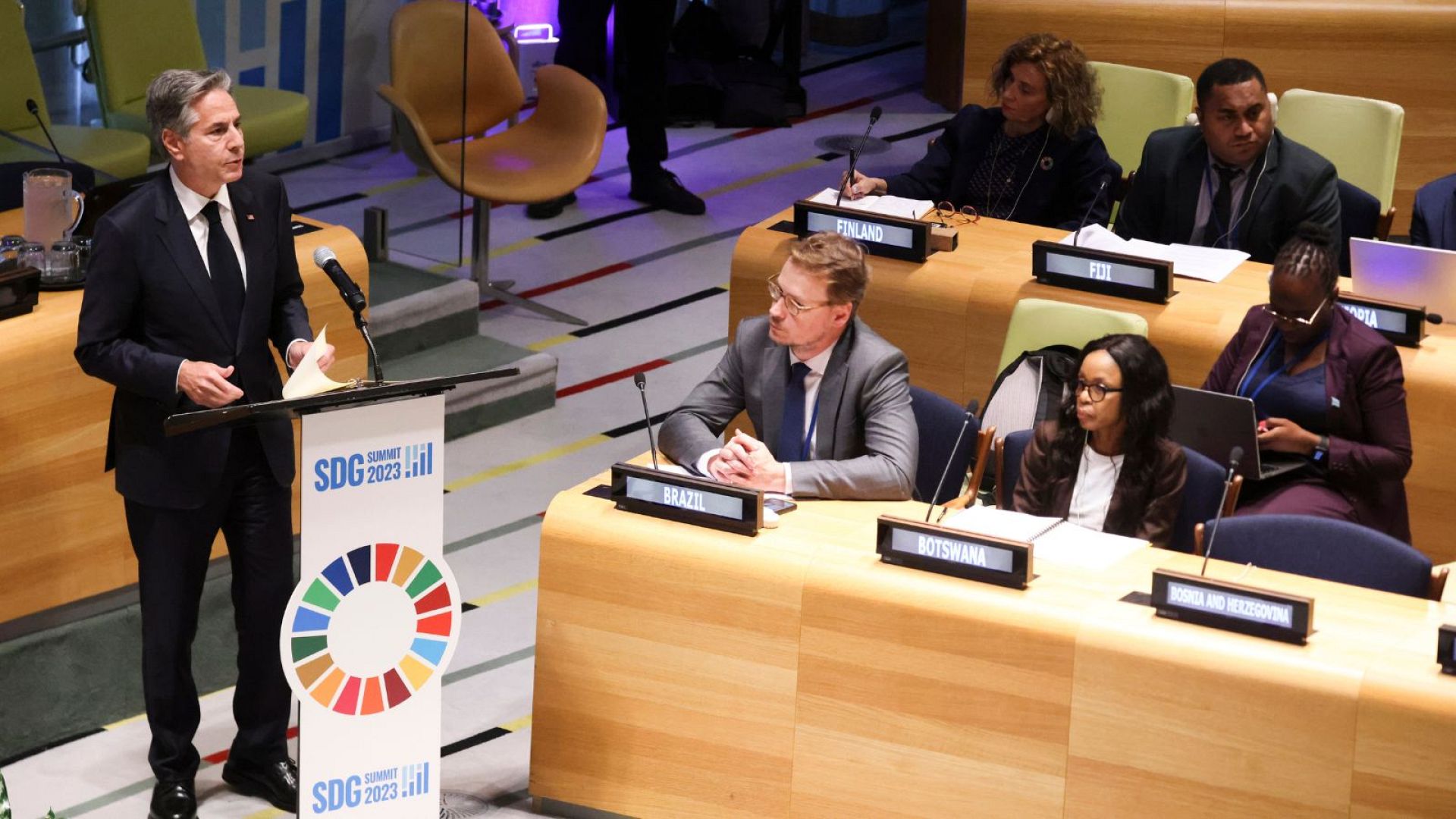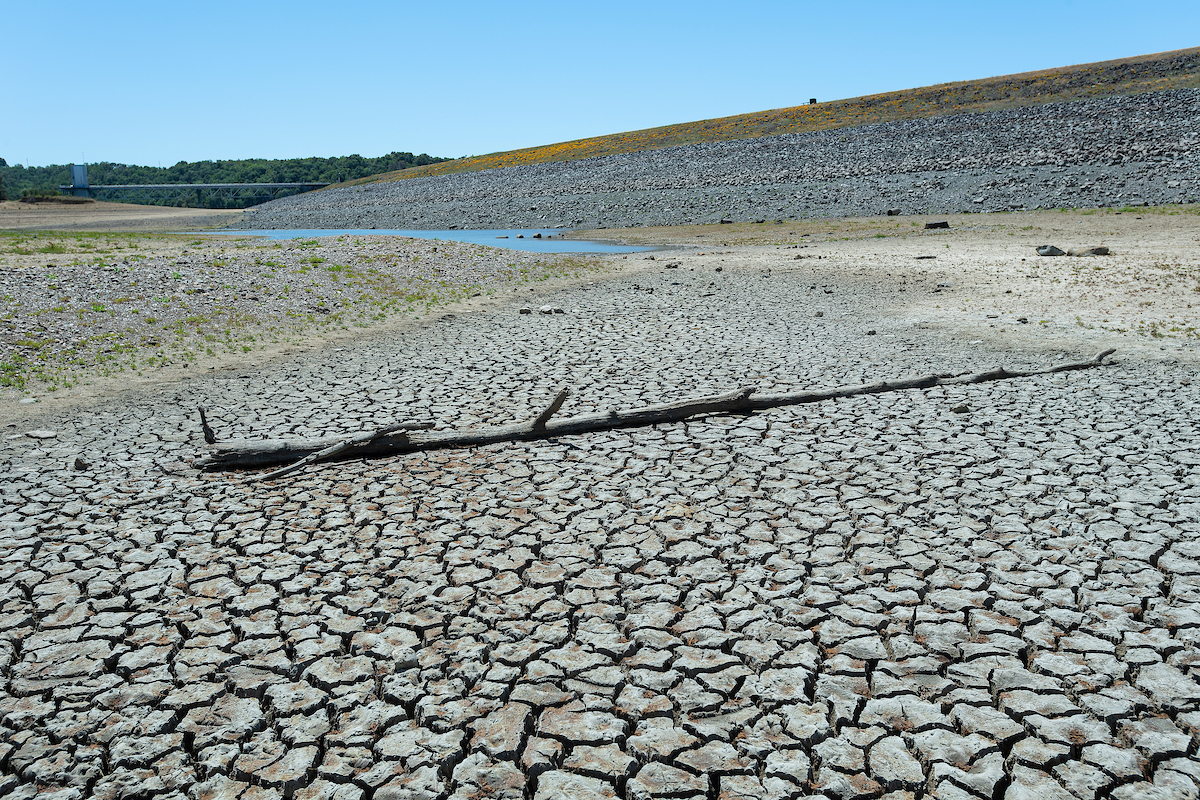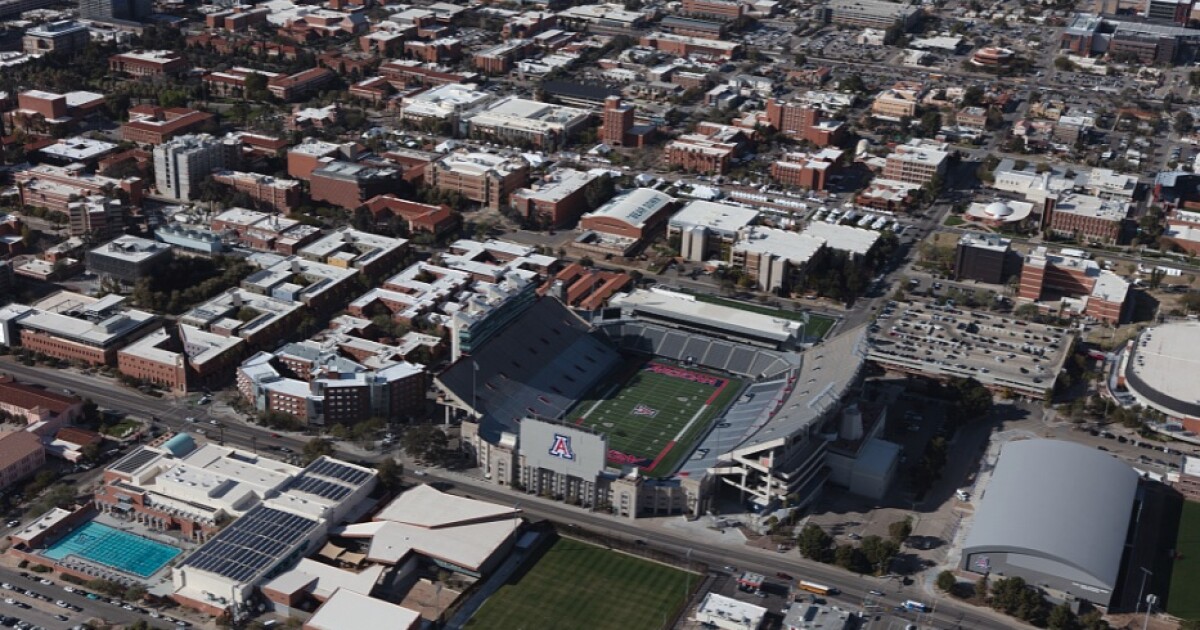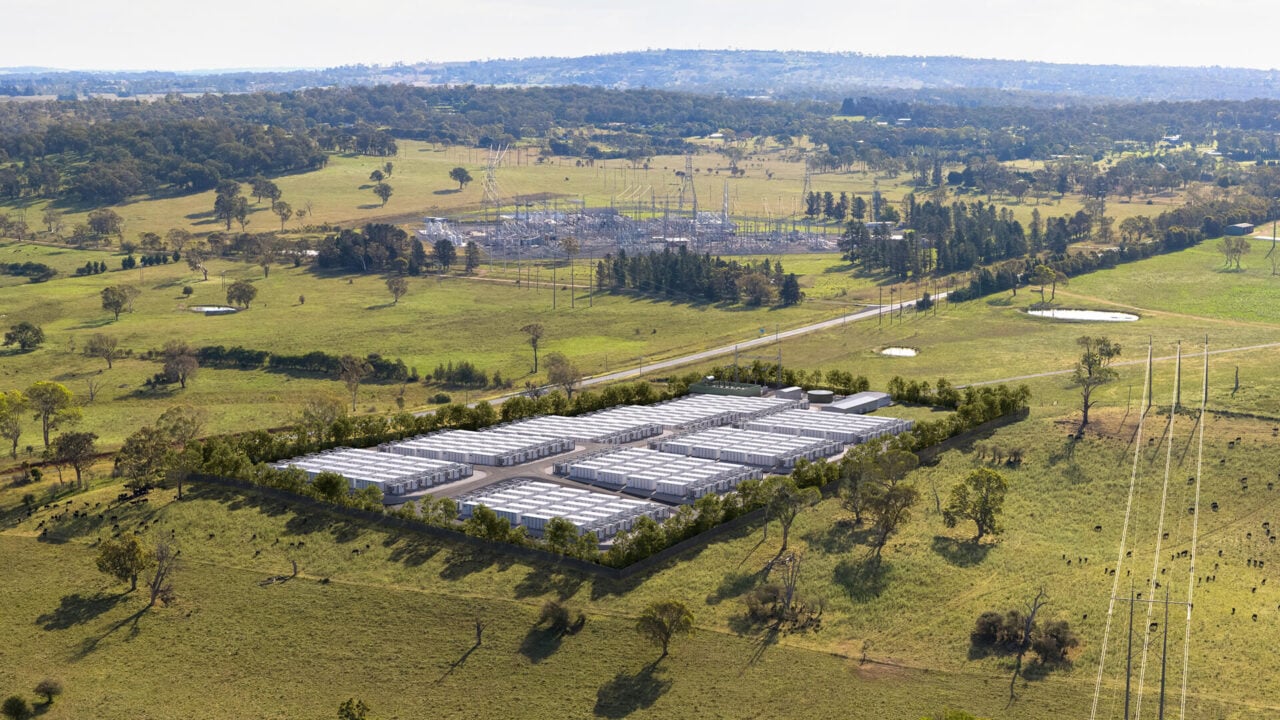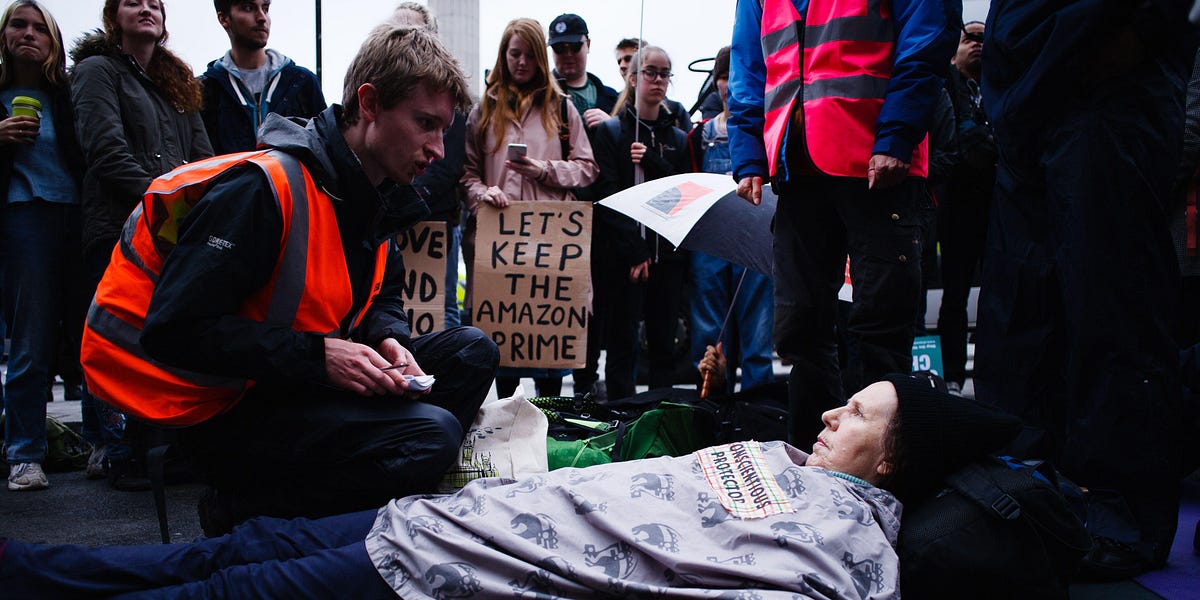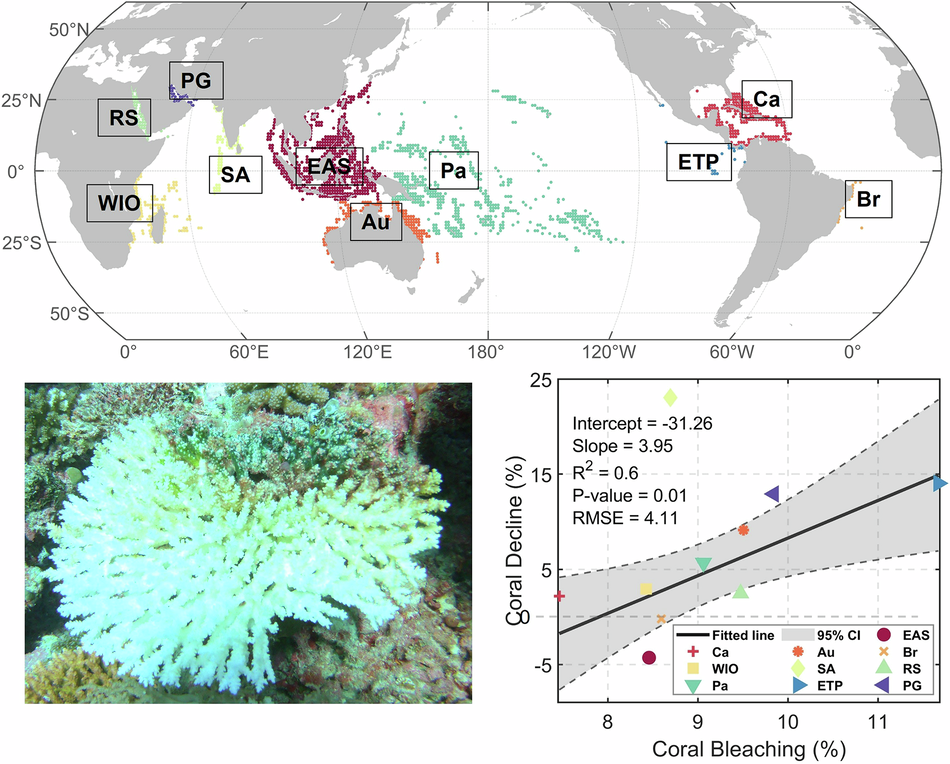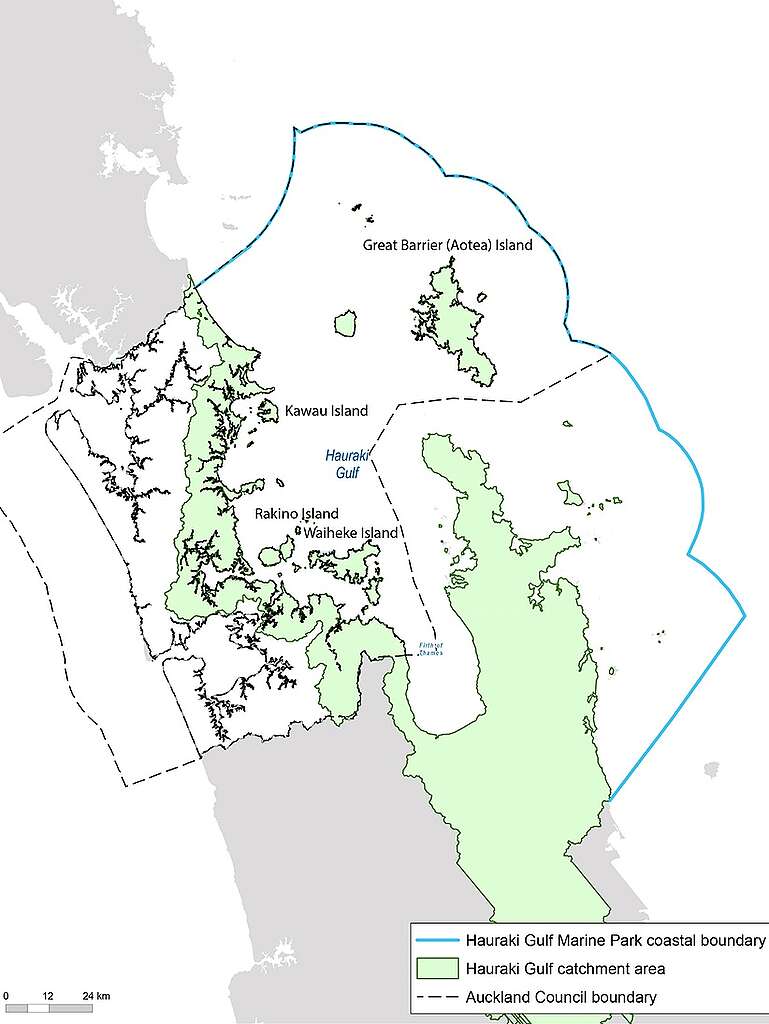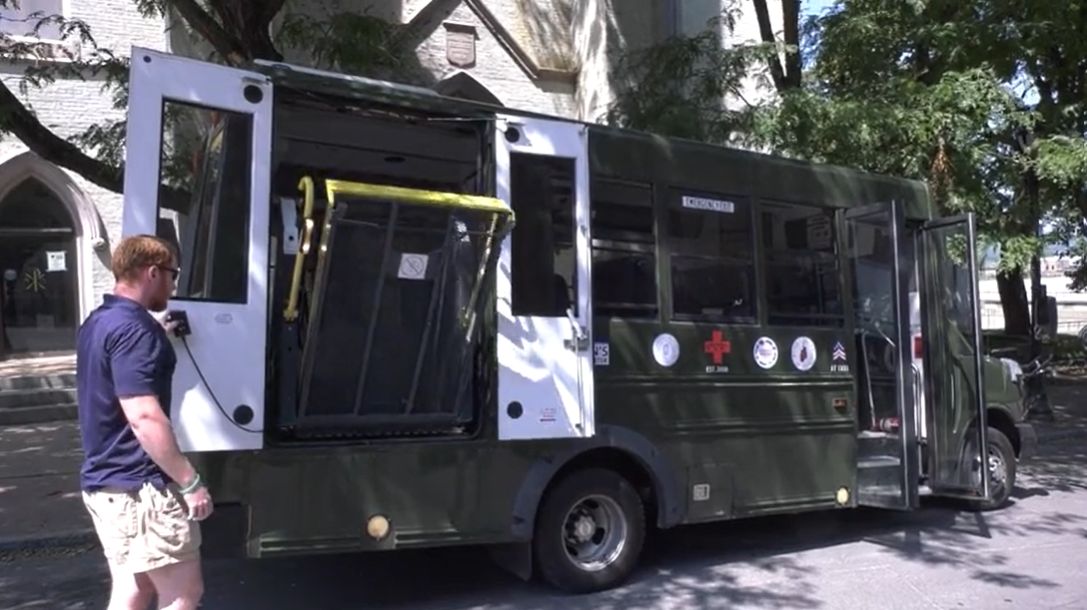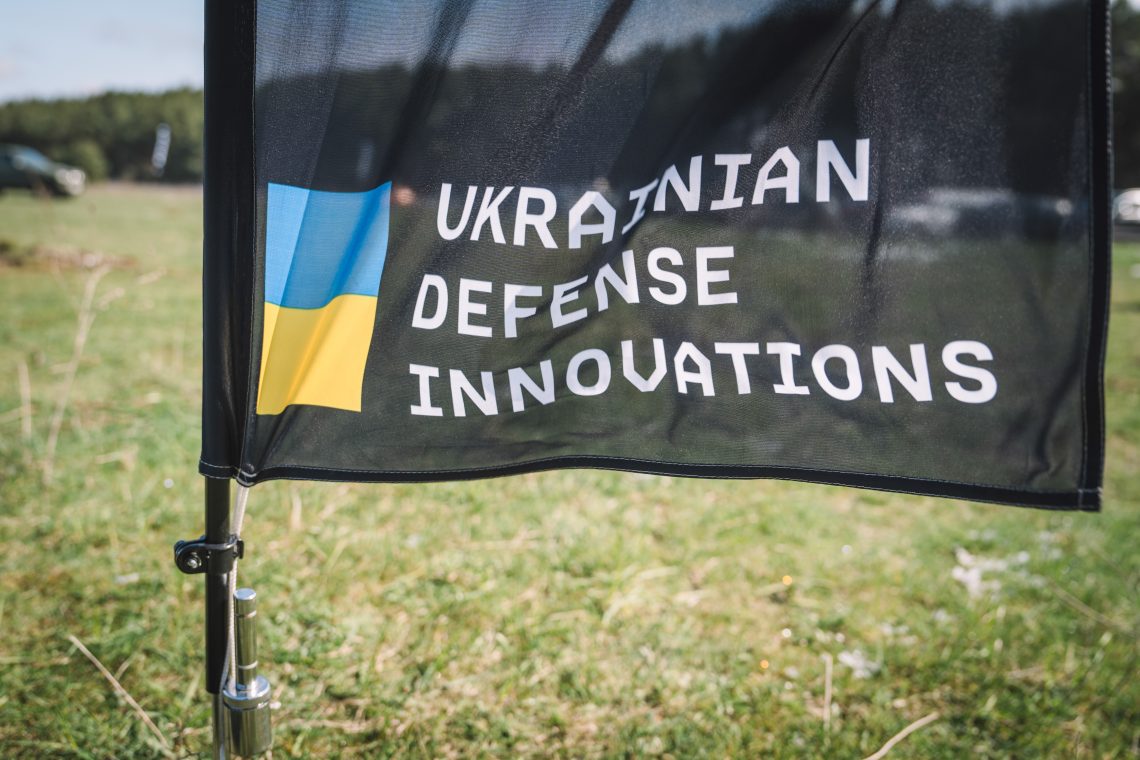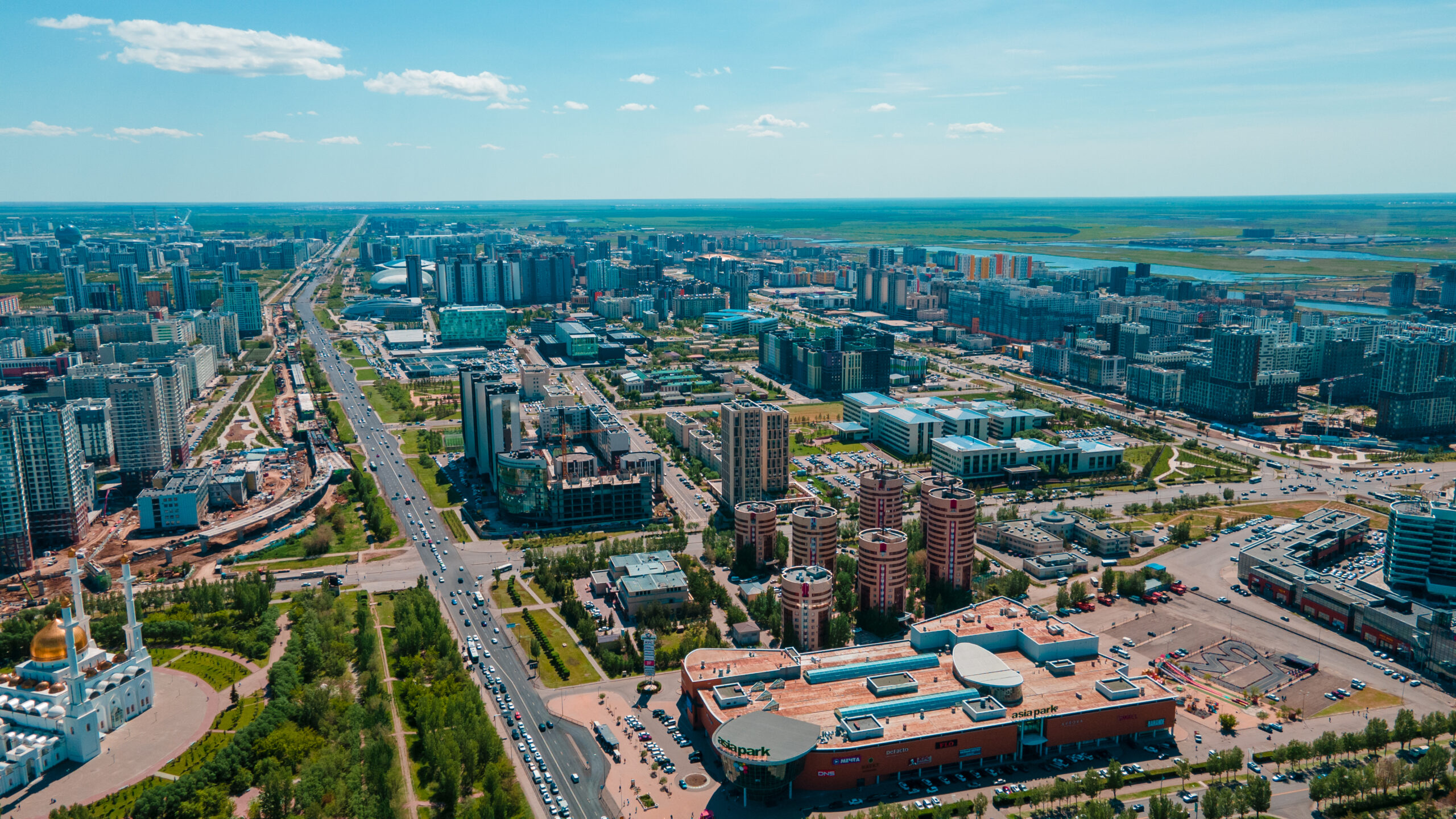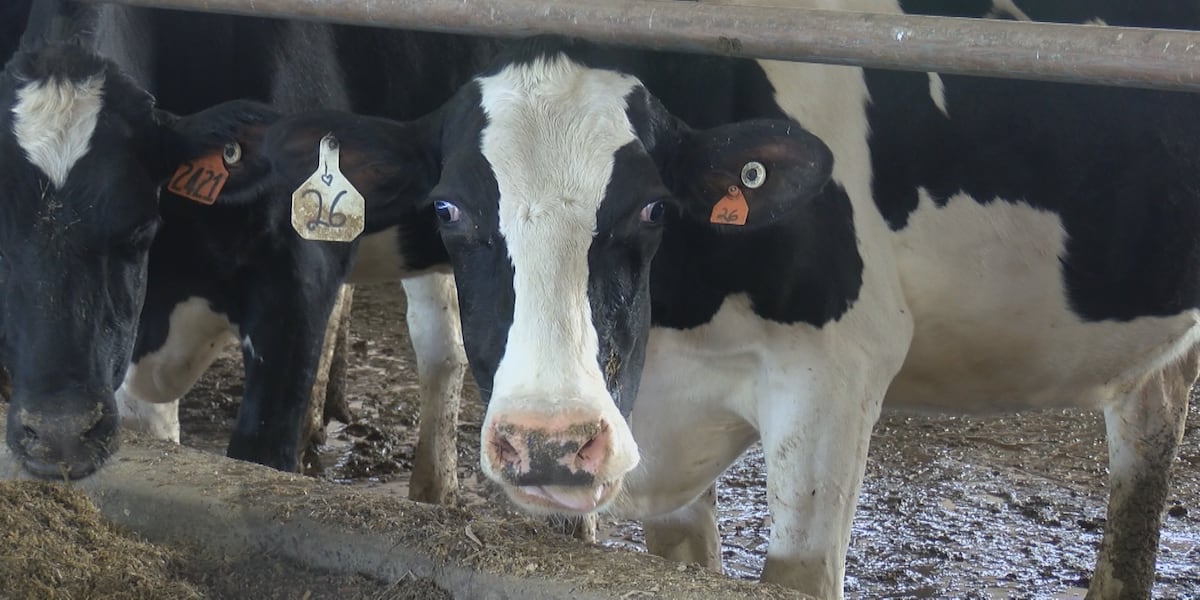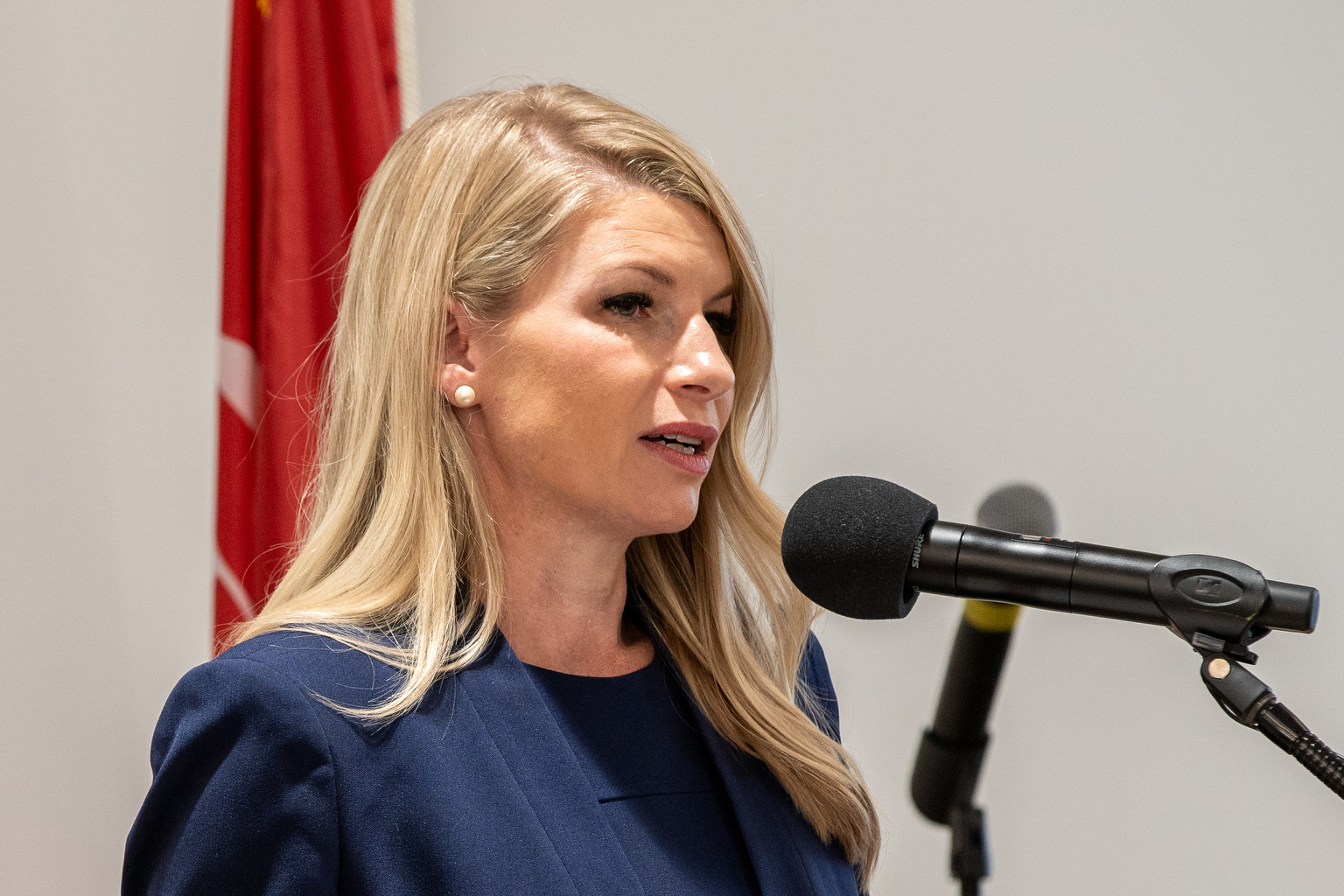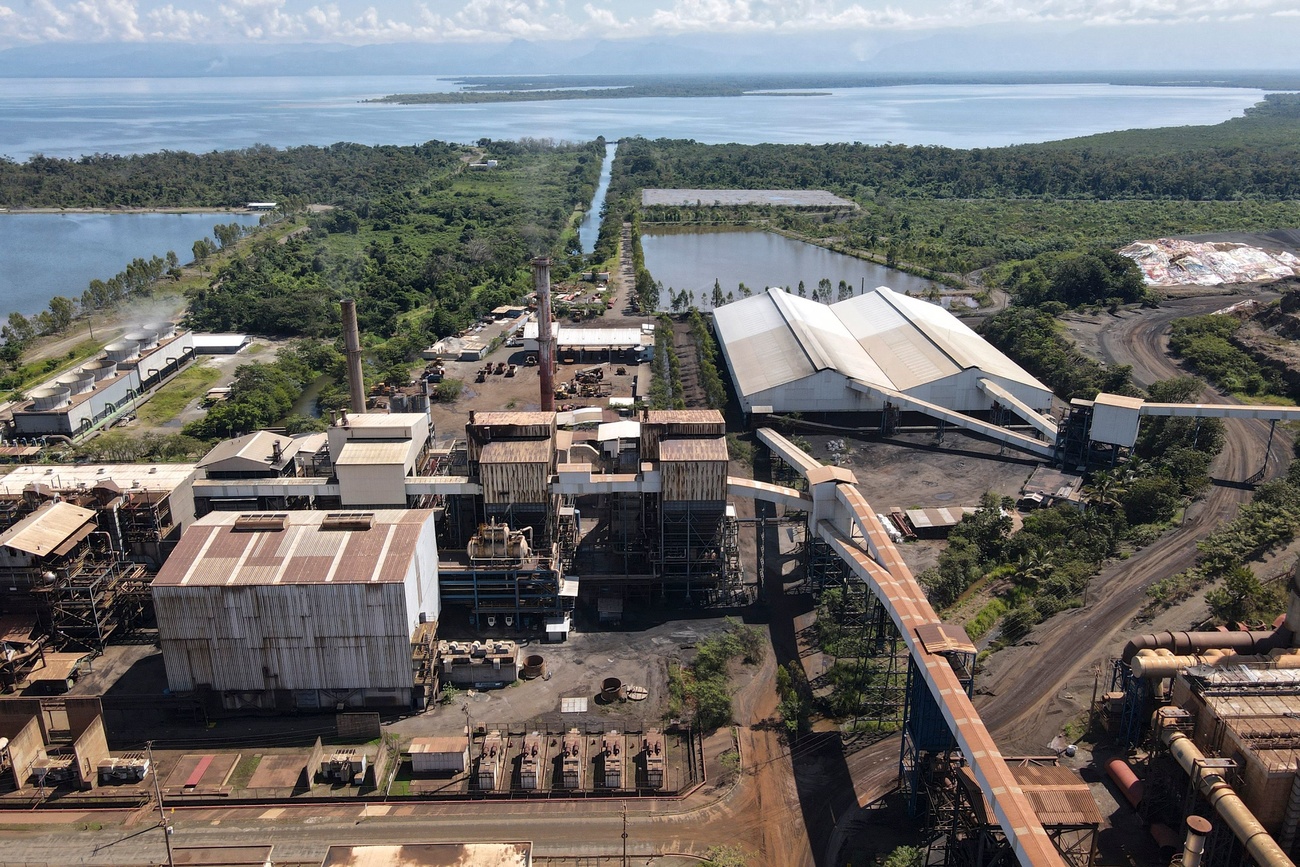Romania preparing EUR 300 million in subsidies for geothermal heating, cooling – Balkan Green Energy News
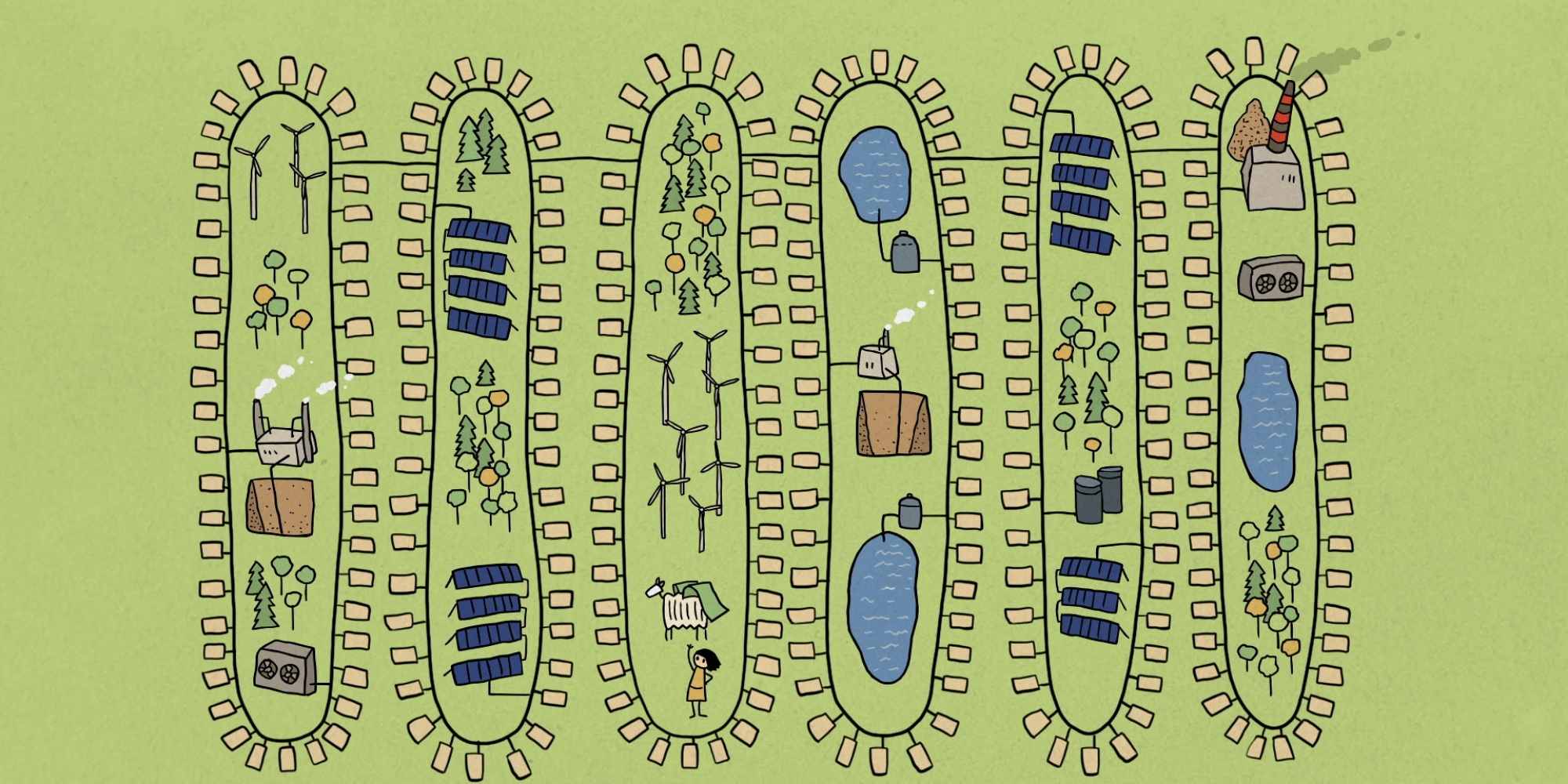
Report on Romania’s State Aid Scheme for Geothermal Energy and its Contribution to Sustainable Development Goals
Introduction: Advancing Clean Energy and Sustainable Cities
The Government of Romania has formulated a state aid mechanism valued at EUR 300 million to advance the nation’s energy transition and decarbonization objectives. This initiative, funded by the European Union’s Modernisation Fund, is designed to support the production and transport of geothermal energy for district heating and cooling systems. The scheme represents a significant step towards achieving key United Nations Sustainable Development Goals (SDGs), particularly SDG 7 (Affordable and Clean Energy), SDG 11 (Sustainable Cities and Communities), and SDG 13 (Climate Action).
Financial Framework and Strategic Objectives
The proposed subsidies are sourced from the EU’s Modernisation Fund, which is financed by proceeds from the EU Emissions Trading System (EU ETS). This direct link underscores the project’s core objective of mitigating climate change, in line with SDG 13.
- Funding Allocation: The EUR 300 million budget is scheduled to be disbursed in annual installments of EUR 50 million through 2030.
- Primary Goal: The funds are intended to cover the net additional costs (funding gaps) for projects focused on the production and transport of geothermal heat, including the modernization of existing infrastructure.
- Project Scope: The government estimates that nine key projects will be supported, with an average allocation of EUR 33.3 million each. This targeted approach aims to ensure that all mature and viable projects receive sufficient funding without a competitive bidding process, accelerating the deployment of clean energy infrastructure.
Direct Alignment with Sustainable Development Goals
The geothermal subsidy program is intrinsically linked to several SDGs, positioning Romania’s energy policy within a global sustainability framework.
- SDG 7 (Affordable and Clean Energy): By promoting geothermal power, a reliable and renewable resource, the scheme directly increases the share of clean energy in the national mix and supports the development of modern, sustainable energy services for urban populations.
- SDG 11 (Sustainable Cities and Communities): The focus on district heating and cooling systems targets urban infrastructure. By transitioning these systems to geothermal sources, the initiative helps create more sustainable, resilient, and inclusive cities with reduced air pollution and enhanced energy security.
- SDG 13 (Climate Action): The program is a direct measure to decarbonize the heating sector, a significant source of greenhouse gas emissions. Utilizing funds from the EU ETS reinforces the “polluter pays” principle and channels capital towards climate solutions.
- SDG 9 (Industry, Innovation, and Infrastructure): Investment in geothermal technology and the modernization of district heating networks fosters innovation and builds resilient, sustainable infrastructure, which is crucial for long-term economic development.
Key Beneficiaries and Collaborative Partnerships
The initiative has attracted interest from a diverse group of public and private entities, highlighting a multi-stakeholder approach consistent with SDG 17 (Partnerships for the Goals). Potential beneficiaries include:
- State-owned energy producer Electrocentrale București (ELCEN)
- National Company Bucharest Airports (CNAB)
- Bucharest’s Sector 1 administrative authority
- The Municipality of Timișoara, in partnership with OMV Petrom
- Green Tech International, an operator of geothermal wells
- Transgex, based in Oradea, a city that recently launched a geothermal district heating plant
This program complements other national efforts, such as a recent EUR 56 million grant for municipal geothermal projects, and reflects a broader regional trend, with Slovenia also launching a co-funding package for green district heating. These efforts collectively advance the European Union’s commitment to a sustainable and climate-neutral future.
Analysis of Sustainable Development Goals (SDGs) in the Article
1. Which SDGs are addressed or connected to the issues highlighted in the article?
-
SDG 7: Affordable and Clean Energy
- The article’s central theme is the promotion of geothermal energy, a renewable and clean energy source, for district heating and cooling. The Romanian government’s EUR 300 million state aid mechanism is designed to support the production and transport of this energy, directly contributing to increasing the share of clean energy.
-
SDG 11: Sustainable Cities and Communities
- The initiative specifically targets district heating systems in urban areas. Municipal authorities like those in Bucharest, Timișoara, and Oradea are potential beneficiaries. By replacing conventional heating sources with geothermal energy, the plan aims to improve urban air quality, reduce the environmental impact of cities, and make them more sustainable and resilient.
-
SDG 13: Climate Action
- The article explicitly states that the geothermal initiative is part of Romania’s “energy transition and decarbonization efforts.” The funding is sourced from the proceeds of the EU Emissions Trading System (EU ETS), a key tool for combating climate change by pricing greenhouse gas emissions. This directly links the project to climate change mitigation strategies.
-
SDG 17: Partnerships for the Goals
- The project is a multi-stakeholder partnership. It involves international cooperation (funding from the EU’s Modernisation Fund), national government action (the state aid mechanism), municipal authorities (Bucharest, Timișoara), state-owned enterprises (ELCEN), and private companies (Green Tech International, Transgex, OMV Petrom). This collaboration is essential for achieving the project’s goals.
2. What specific targets under those SDGs can be identified based on the article’s content?
-
Target 7.2: By 2030, increase substantially the share of renewable energy in the global energy mix.
- The entire EUR 300 million scheme is dedicated to developing geothermal energy, a renewable source. The article mentions specific projects and a goal to fund nine mature projects, which will directly increase the proportion of renewable energy used for heating in Romania.
-
Target 11.6: By 2030, reduce the adverse per capita environmental impact of cities, including by paying special attention to air quality and municipal and other waste management.
- By promoting geothermal district heating in cities like Bucharest and Timișoara, the initiative aims to replace more polluting energy sources. This will lead to a reduction in greenhouse gas emissions and potentially improve air quality, thus lowering the adverse environmental impact of these urban centers.
-
Target 13.2: Integrate climate change measures into national policies, strategies and planning.
- The Romanian government’s creation of a state aid mechanism for geothermal energy is a clear example of integrating climate change measures into national policy. The article highlights this as part of the country’s “decarbonization efforts,” demonstrating a planned national strategy to combat climate change.
-
Target 17.17: Encourage and promote effective public, public-private and civil society partnerships, building on the experience and resourcing strategies of partnerships.
- The article details a complex partnership structure involving the Romanian government, the European Union, municipal authorities, and both state-owned and private companies (e.g., the cooperation between the Municipality of Timișoara and OMV Petrom). This scheme is a model of a public-private partnership aimed at a common sustainable development goal.
3. Are there any indicators mentioned or implied in the article that can be used to measure progress towards the identified targets?
-
Indicators for Target 7.2:
- Financial flows: The total value of the state aid scheme (EUR 300 million) and its annual allocation (EUR 50 million per year through 2030) are direct financial indicators of investment in renewable energy.
- Installed capacity: The mention of an 18 MW geothermal plant inaugurated in Oradea serves as an example of an indicator for measuring the growth of renewable energy capacity.
- Number of projects: The government’s estimate that “nine beneficiary projects” would be funded is a quantifiable measure of progress.
-
Indicators for Target 11.6:
- Number of cities with sustainable infrastructure: The article names several cities and administrative units as potential beneficiaries (Bucharest, Timișoara, Oradea, Nădlac), which can be tracked as an indicator of progress in making cities more sustainable.
- Reduction in emissions (implied): The goal of “decarbonization” implies that a key success indicator would be the measured reduction in greenhouse gas emissions in the cities where these geothermal projects are implemented.
-
Indicators for Target 13.2:
- Adoption of national policies: The draft of the “state aid mechanism” itself is an indicator of a national policy being implemented to address climate change.
- Mobilization of climate finance: The use of funds from the EU Emissions Trading System (EU ETS) is a specific indicator of financial resources being directed towards climate action.
-
Indicators for Target 17.17:
- Amount of funding mobilized through partnerships: The EUR 300 million sourced from the EU’s Modernisation Fund is a clear indicator of financial resources mobilized through international partnership.
- Number and type of partnerships: The article identifies multiple partnerships that can be counted and categorized: public-public (Romania-EU), public-municipal, and public-private (Municipality of Timișoara and OMV Petrom).
4. Summary Table of SDGs, Targets, and Indicators
| SDGs | Targets | Indicators |
|---|---|---|
| SDG 7: Affordable and Clean Energy | 7.2: Increase substantially the share of renewable energy in the global energy mix. |
|
| SDG 11: Sustainable Cities and Communities | 11.6: Reduce the adverse per capita environmental impact of cities. |
|
| SDG 13: Climate Action | 13.2: Integrate climate change measures into national policies, strategies and planning. |
|
| SDG 17: Partnerships for the Goals | 17.17: Encourage and promote effective public, public-private and civil society partnerships. |
|
Source: balkangreenenergynews.com

What is Your Reaction?
 Like
0
Like
0
 Dislike
0
Dislike
0
 Love
0
Love
0
 Funny
0
Funny
0
 Angry
0
Angry
0
 Sad
0
Sad
0
 Wow
0
Wow
0
